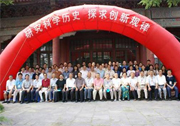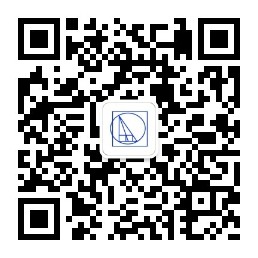| 中文题目: | 关于日本汉方医学的“全豹之述”与“一斑之究” | ||||||
| 英文题目: | |||||||
| 作 者: | 廖育群 | ||||||
| 刊物名称: | 中国科技史杂志 | ||||||
| 发表年度: | 2012 | ||||||
| 卷: | 33 | ||||||
| 期: | 1 | ||||||
| 页码: | 96-105 | ||||||
| 中文摘要: | 精细的个案研究是把握整体图像的基础,博约之述可概括其历史脉络。此乃拜读两篇不同风格与侧重之文后的感想。在陈述有关日本近世汉方医学几个主要流派的一些基本看法后,归结于:如果远藤之论是正确的,那么“后世”与“古方”两派的基本特征实无区别,故可追溯其根源至日本人的共同思维方式。其次,则是两种不同研究必需相辅相成——只有不断地进行精细的个案研究,才能逼近历史本貌;只有在综合性论述的体系中不断融入个案研究的成果,才能为新的个案研究提供新的平台与起点。如果各行其是,则总体描述的水平永远不会提高;个案研究永远会从低水平开始。 |
||||||
| 英文摘要: | It is said that: “If you want to know a picture clearly, you must first observe every part of it.” Therefore detailed case studies should be the necessary foundation for obtaining a comprehensive image at any period. Here I offer my own reflections on the papers by Professors Kosoto and Endō about the development of a number of important schools in Japanese “Kanpo” (漢方, Traditional Japanese Medicine from ancient China), such as the relationship between different schools of medicine in Japan, and between Eastern and Western medical arts, whether their development points to a common Japanese thinking type, etc. |
||||||





